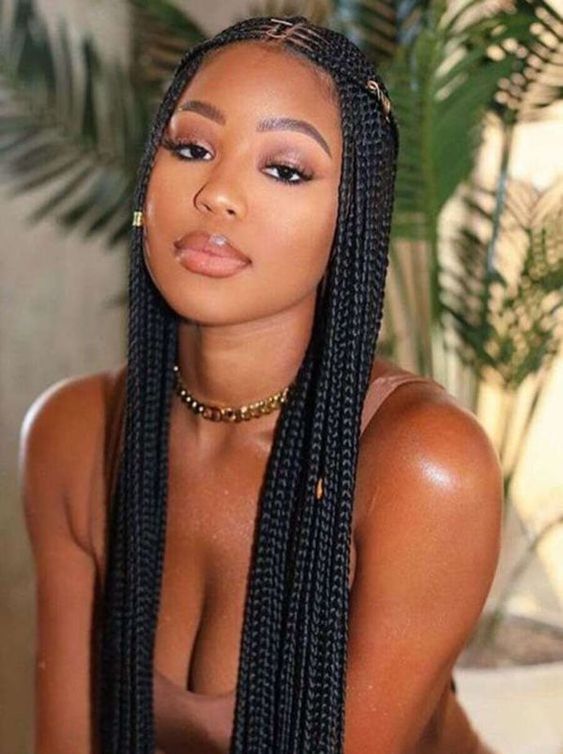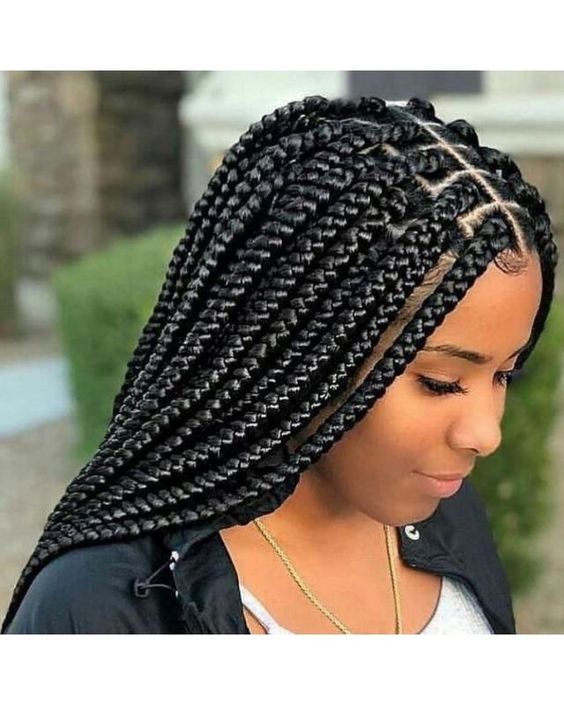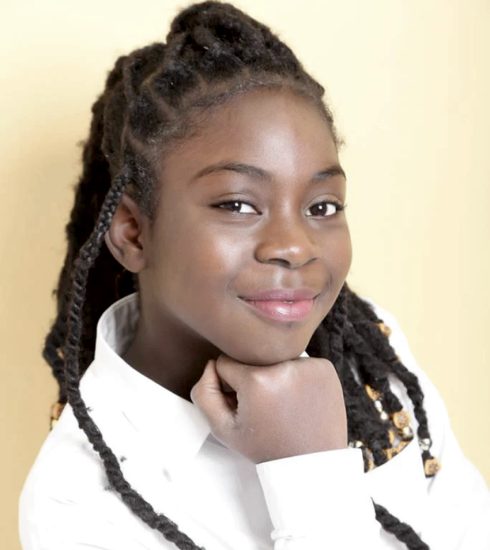Reviving Tradition: 7 Classic African Hairstyles Making a Comeback
Africa boasts a rich tapestry of traditions, and hairstyles are no exception. For centuries, intricate and symbolic styles have adorned the heads of African women, reflecting cultural identity, social status, and even special occasions. The good news? Many of these classic styles are experiencing a major revival, proving that fashion truly does come full circle.
STYLEAFRIQUE™•com explores 7 iconic African hairstyles making a comeback in a big way.
1. Bantu Knots

These small, circular knots are formed by twisting sections of hair and securing them at the base. Traditionally worn by women of the Zulu and Xhosa tribes in South Africa, Bantu knots are now a popular choice for their versatility and bold aesthetic. These small, coiled knots are not only fashionable but also serve as a protective style for natural hair. With celebrities and influencers adorning Bantu knots on red carpets and fashion runways, this hairstyle has become a symbol of confidence and cultural appreciation.
2. Fulani Braids

Named after the Fulani ethnic group of West Africa, Fulani braids are characterized by their intricate patterns and adornments. Traditionally, these braids were adorned with beads, cowrie shells, and other decorative elements, symbolizing social status and cultural heritage. Today, Fulani braids have evolved into a versatile style, often incorporating modern twists while still paying homage to their roots.
3. Cornrows

Cornrows are one of the oldest and most iconic African hairstyles. This hairstyle involves braiding the hair close to the scalp in straight lines or intricate patterns. These tight, narrow braids not only showcase intricate designs but also serve as a practical and low-maintenance hairstyle. From simple geometric patterns to more elaborate designs, cornrows continue to be a timeless choice for both men and women.
4. Afro

Afro is a natural hairstyle that became popular during the 1960s and 1970s as a symbol of black pride and empowerment. This iconic hairstyle is characterized by voluminous, rounded hair that stands out from the scalp. Afro has made a comeback in recent years, with many people embracing their natural hair texture and celebrating their African roots.
5. Locs

Locs, also known as dreadlocks, are a hairstyle that has been worn by various cultures throughout history. This hairstyle involves allowing the hair to naturally mat and form into rope-like strands. Locs have deep cultural and spiritual significance for many African and African diaspora communities. They are not only a hairstyle but also a symbol of identity, strength, and resilience.
6. Box Braids

Another timeless classic, box braids involve braiding hair extensions into the natural hair to create neat square-shaped sections. Box braids offer endless styling options, from long and flowing to short and sleek. They’re a popular choice for their protective qualities and versatility.
7. Swirl Braids

Swirl braids are a type of hairstyle that incorporates twists and intricate patterns into traditional braids. To create swirl braids, the hair is typically divided into sections and braided in a circular motion around the head, gradually adding in more hair from each section as you move around the head. Swirl braids are a versatile style that can be adapted to different hair lengths and textures. They offer a unique and eye-catching way to wear braids, adding a touch of personality and flair to your hairstyle.







